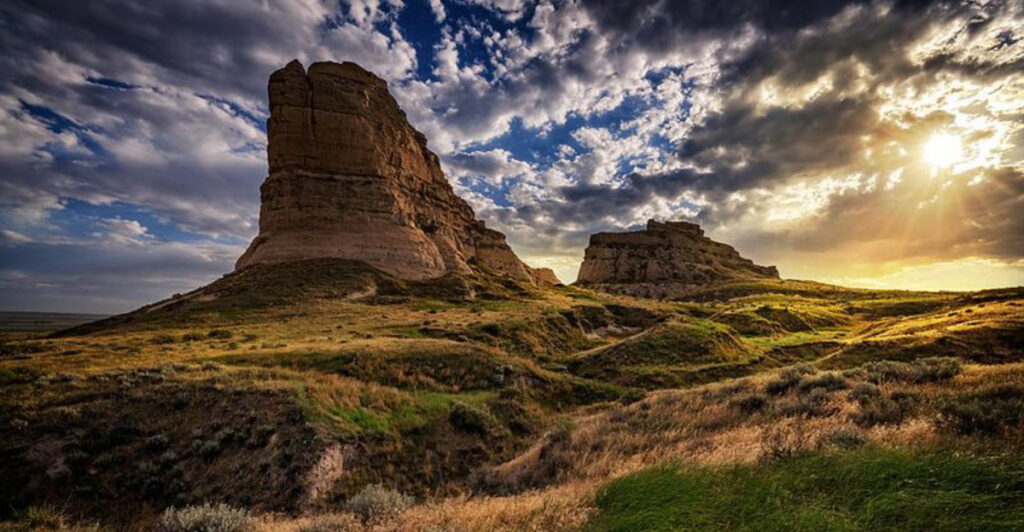Nebraska holds secrets that most travelers never discover. Beyond the corn fields and interstate highways lie spectacular waterfalls, ancient fossil beds, and landscapes that feel like other planets. Word is spreading about these incredible places, so now is the perfect time to explore them while they remain peaceful and unspoiled.
1. Toadstool Geologic Park (near Crawford)
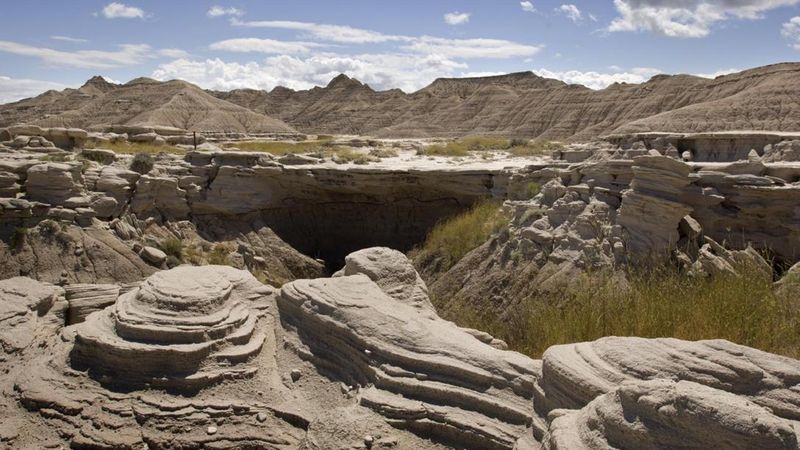
Stepping into Toadstool Geologic Park feels like landing on Mars. Wind and water have carved bizarre clay and sandstone formations that rise from the prairie like alien sculptures.
The easy loop trail takes you past the famous mushroom-shaped rocks and ancient animal tracks frozen in stone. Basic camping lets you wake up surrounded by this moonscape.
Bring plenty of water and snacks since no services exist for miles. The gravel roads and isolation add to the adventure, making you feel like a true explorer discovering an untouched world.
2. Smith Falls State Park (Valentine)
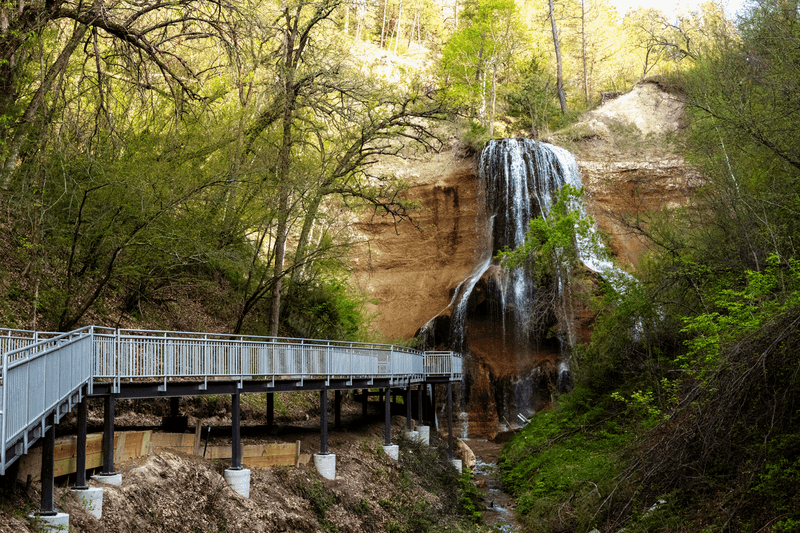
Water crashes down 63 feet through a hidden gorge, creating Nebraska’s tallest waterfall. The sound echoes off canyon walls while cool mist refreshes visitors on hot summer days.
A sturdy boardwalk makes this natural wonder accessible year-round, even when ice creates magical frozen sculptures in winter. Kayakers often end their Niobrara River trips here.
The short walk from parking means families with young children can easily reach this spectacular sight. Pack a picnic to enjoy while listening to the thundering water and watching for wildlife along the scenic river.
3. Fort Niobrara National Wildlife Refuge & Fort Falls (Valentine)
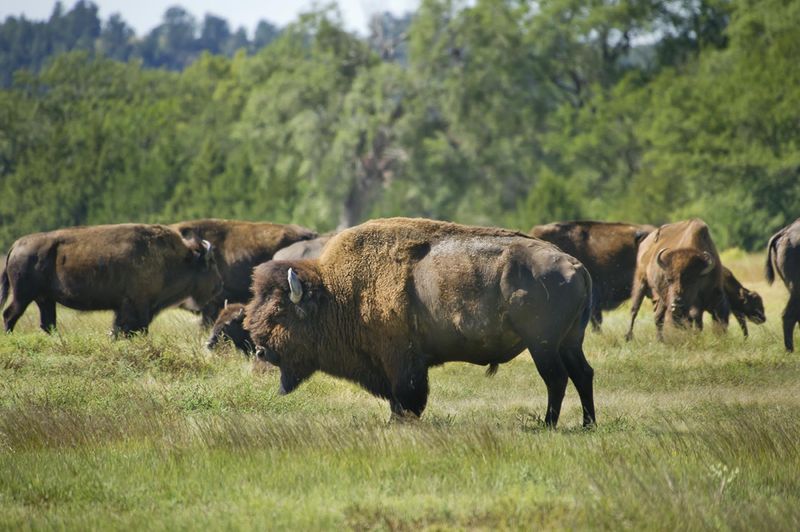
Bison roam freely across 19,000 acres of pristine prairie where the military once stood guard. Elk bugle during autumn while countless bird species fill the cottonwood forests along the river.
Fort Falls drops 45 feet into a peaceful pool surrounded by towering pines. The trail winds through diverse habitats where you might spot deer, wild turkeys, or even a mountain lion track.
Photography opportunities abound as wildlife moves naturally through their protected home. Visit during early morning or evening hours when animals are most active and the light creates stunning scenes.
4. Ashfall Fossil Beds State Historical Park (Royal)
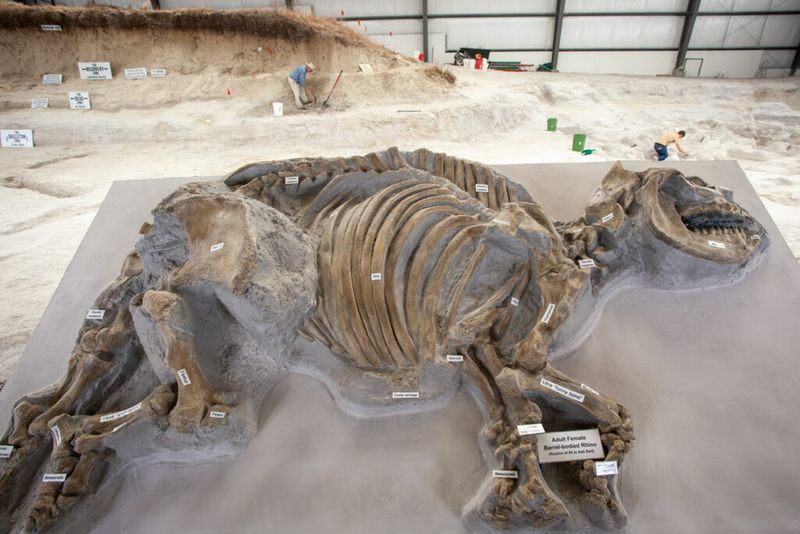
Twelve million years ago, volcanic ash from Idaho killed hundreds of animals in what became a paleontologist’s dream. Skeletons of ancient rhinos, horses, and camels remain perfectly preserved where they fell.
Watch scientists carefully brush away sediment in the Hubbard Rhino Barn during summer months. Their discoveries continue rewriting textbooks about prehistoric life on the Great Plains.
Interactive exhibits help visitors understand this snapshot of ancient Nebraska when the climate was much different. The experience connects you directly to deep time and the incredible forces that shaped our world.
5. Agate Fossil Beds National Monument (Harrison)
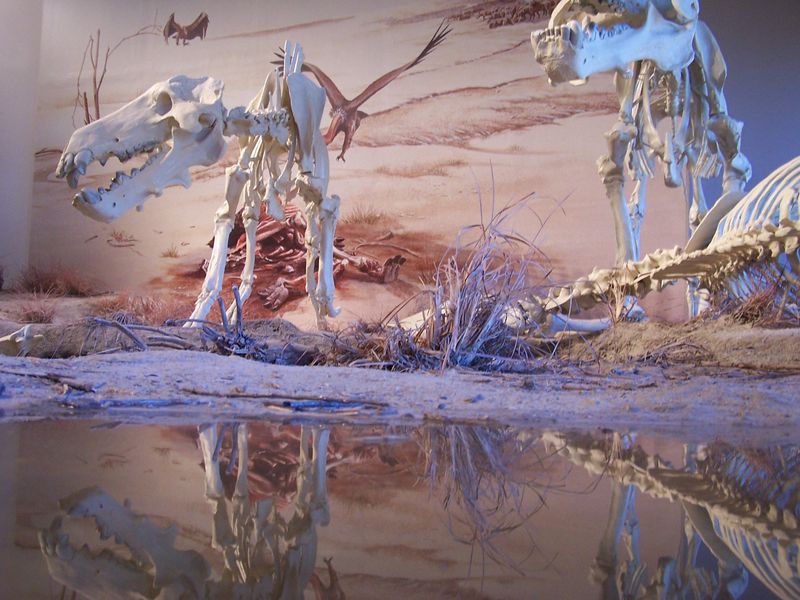
World-class mammal fossils from 20 million years ago emerge from windswept hills in remote western Nebraska. Ancient horses, dogs, and pigs once thrived here when forests covered the plains.
The James Cook Collection showcases beautiful Lakota artifacts, creating an unexpected cultural connection to this paleontological treasure. Quiet trails lead to fossil sites and prairie overlooks.
Plan carefully for this isolated destination by bringing food, water, and a full gas tank. The museum and visitor center provide air conditioning and fascinating exhibits that make the journey worthwhile for curious minds.
6. Carhenge (Alliance)
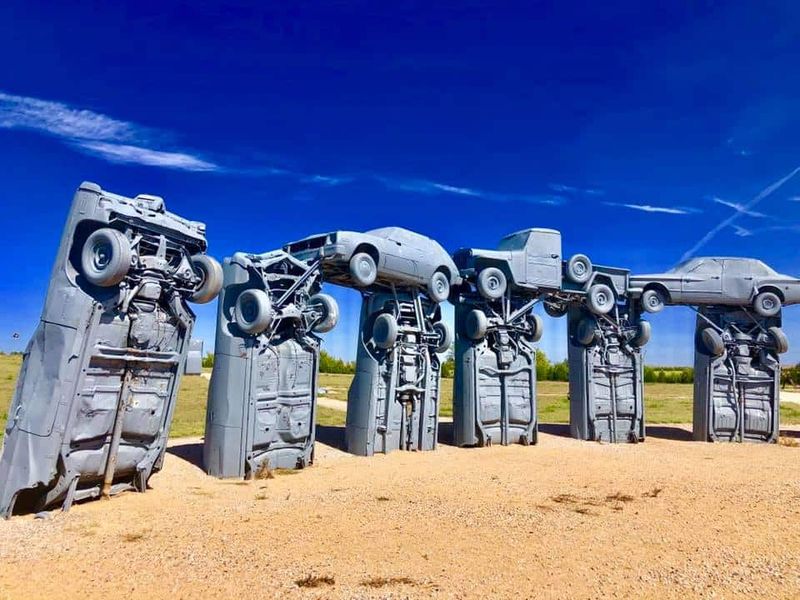
Thirty-eight vintage automobiles stand in perfect formation, mimicking England’s famous Stonehenge on the Nebraska prairie. Jim Reinders and his family created this automotive art installation during a 1987 family reunion.
The cars, painted gray to resemble ancient stones, create an unexpectedly moving experience. Sunrise and sunset transform the sculpture into something almost mystical against the endless sky.
Free admission and 24-hour access make this roadside attraction perfect for spontaneous visits. The surrounding gift shop offers quirky souvenirs, but the real magic happens when you stand among these automotive monoliths under the vast prairie sky.
7. Happy Jack Peak & Chalk Mine (Scotia)
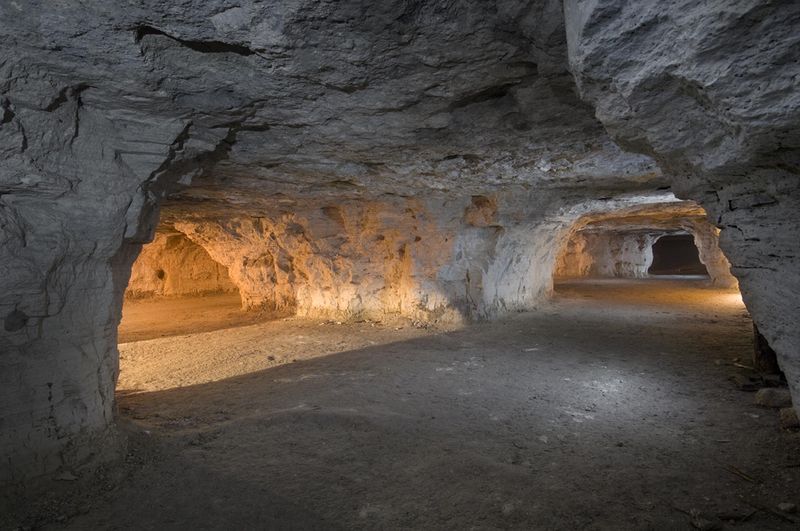
Underground passages honeycomb the earth beneath Happy Jack Peak, creating North America’s only publicly accessible room-and-pillar chalk mine. Thousands of feet of cool tunnels provide relief from summer heat above.
Guided tours reveal the mining history while you explore cathedral-like chambers carved from pure chalk. The hilltop offers sweeping views across the North Loup River Valley.
Seasonal operations mean calling ahead to confirm tour times between Memorial Day and Labor Day. The unique geology and mining heritage create an educational adventure unlike anywhere else in the Midwest region.
8. Merritt Reservoir State Recreation Area (near Valentine)
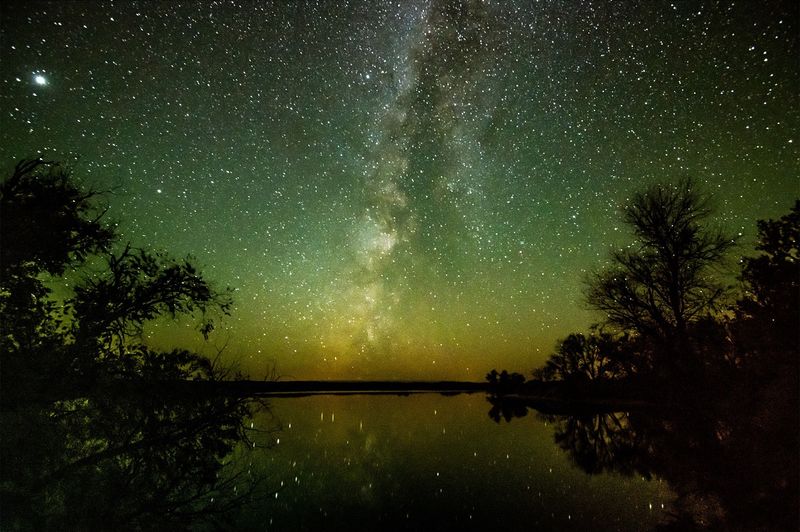
Crystal-clear water reflects countless stars in one of America’s darkest skies. This International Dark Sky Park certification means the Milky Way appears so bright you can read by its light.
Sandhills dunes surround the reservoir, creating a unique landscape where prairie meets water. Boating, fishing, and swimming fill sunny days while astronomy takes over after sunset.
The annual Nebraska Star Party attracts astronomers from across the country who share telescopes and knowledge with curious visitors. Camping under these pristine skies creates memories that last a lifetime for stargazing enthusiasts.
9. Sandhills Journey National Scenic Byway (Nebraska Hwy 2)

Highway 2 stretches 272 miles through one of Earth’s largest intact grassland ecosystems. Rolling sand dunes stabilized by prairie grass create an ocean-like landscape that changes with every mile.
Small towns dot the route like islands, each with its own character and local cafes. Countless ponds reflect the sky while cattle graze peacefully across the endless green waves.
This classic American road trip offers solitude increasingly rare in our connected world. Pack snacks and a full tank of gas for long stretches between services on this journey through authentic ranch country.
10. Cowboy Trail (Norfolk ↔ Valentine)
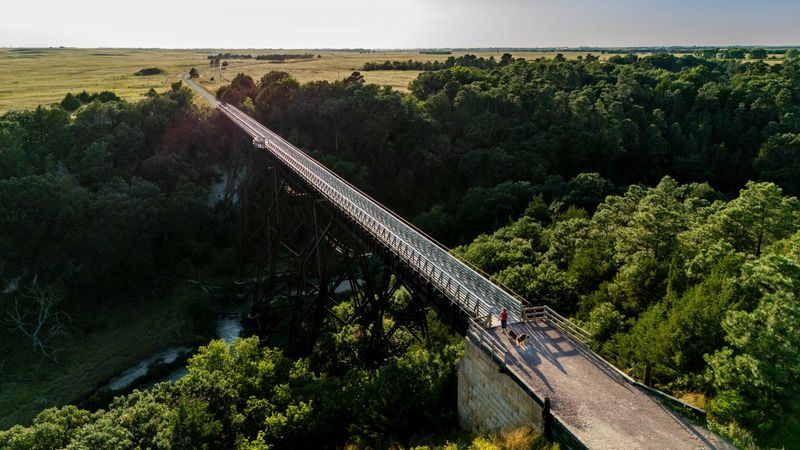
America’s longest rail-trail spans 187 miles across Nebraska’s most beautiful landscapes. Old railroad bridges, including the dramatic Niobrara River crossing, provide spectacular views for hikers, bikers, and horseback riders.
The converted railway follows gentle grades perfect for family adventures. Small towns along the route offer food, lodging, and friendly conversation with locals who love sharing trail stories.
Surface conditions vary from crushed limestone to original ballast, so choose your section and transportation method carefully. The trail represents the best of rail-trail conversion, connecting communities while preserving transportation history for outdoor recreation.
11. Indian Cave State Park (near Shubert)
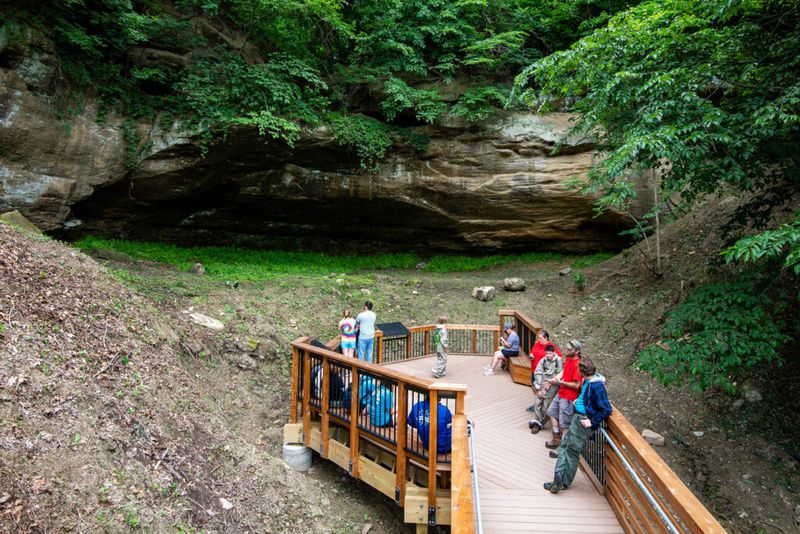
Towering bluffs rise 300 feet above the Missouri River, hiding a rock shelter decorated with ancient Native American petroglyphs. An accessible boardwalk brings visitors face-to-face with prehistoric art.
Thirty-eight miles of hiking trails wind through diverse habitats from river bottoms to upland forests. Fall colors create spectacular displays while morning fog over the river adds mystical beauty.
The park’s size means you can find solitude even on busy weekends by exploring lesser-known trails. Wildlife viewing opportunities abound, especially during migration seasons when the river corridor attracts countless birds and mammals.
12. Panorama Point (near Kimball)
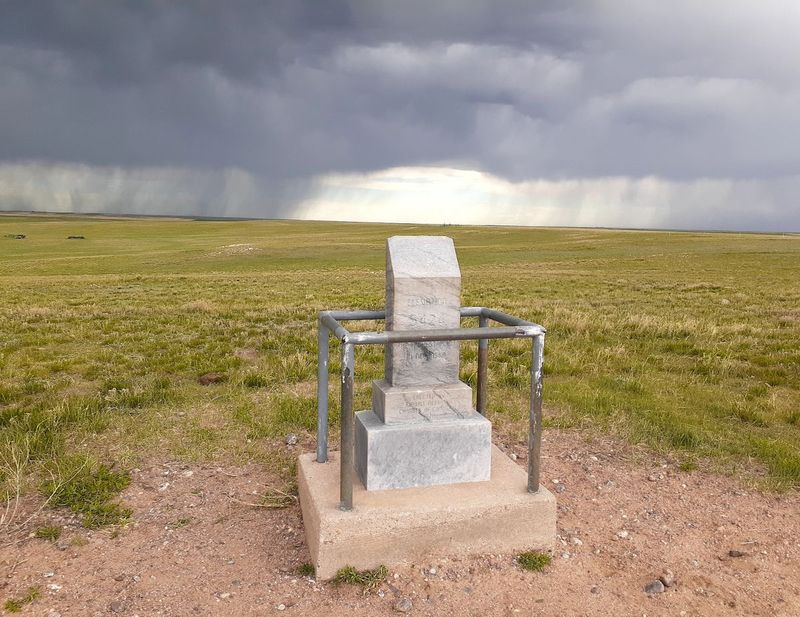
Nebraska’s highest natural point sits quietly on a working bison ranch at 5,429 feet above sea level. The modest marker seems almost anticlimactic until you realize you’re standing on the roof of the state.
Views stretch across three states on clear days, while a small bison herd grazes peacefully nearby. Respect private property by following posted signs and keeping safe distances from wildlife.
Peak baggers and geography enthusiasts make pilgrimages here to check Nebraska off their highest points list. A small donation to the landowners helps maintain access to this unique geographic milestone for future visitors.
13. Sowbelly Canyon & Coffee Park (Sioux County)
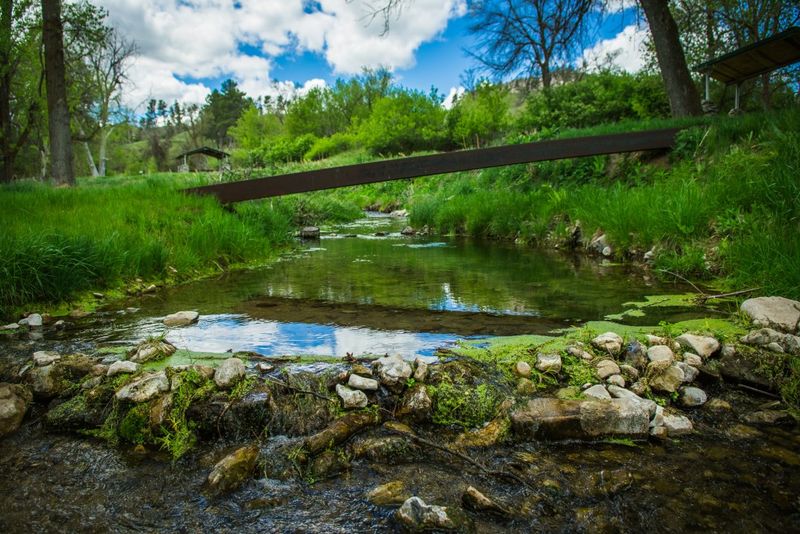
Ponderosa pines line a cold-water trout stream flowing through this secluded Pine Ridge canyon. The name sounds funny, but the beauty is serious as towering buttes frame this hidden valley.
Coffee Park, nestled mid-canyon, attracts birders seeking mountain species rarely found elsewhere in Nebraska. Seasonal road closures protect wildlife during harsh winters and wet springs.
Check conditions before heading out since weather can make access impossible for standard vehicles. The remote location rewards adventurous visitors with solitude and wildlife encounters in Nebraska’s most mountainous landscape, offering unexpected alpine experiences.
14. Courthouse & Jail Rocks (near Bridgeport)
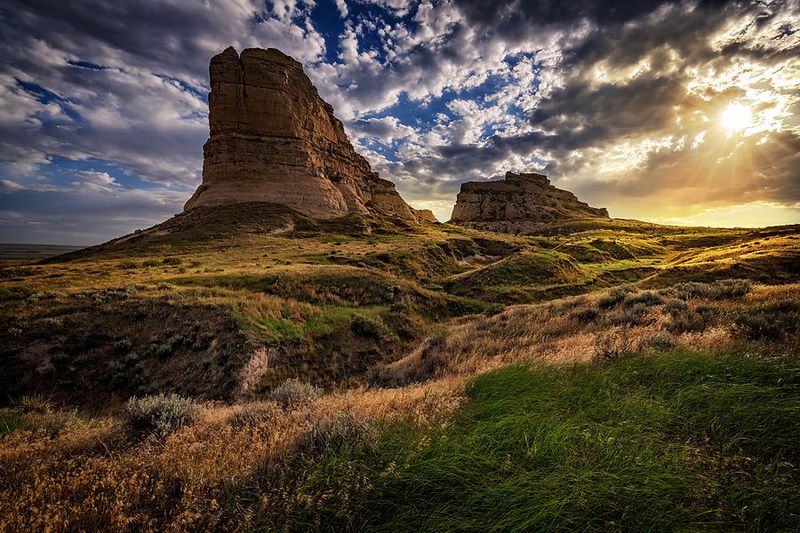
Two massive monoliths guided countless wagon trains across the plains during westward expansion. Oregon, California, and Mormon Trail emigrants wrote about these landmarks in their journals, calling them beacons of hope.
The towering formations of Brule clay and Gering sandstone change colors dramatically at sunrise and sunset when horizontal light reveals beautiful striations. Several roadside pullouts provide excellent viewing opportunities.
These silent sentinels witnessed one of America’s greatest migrations as hundreds of thousands of pioneers passed beneath their shadows. Standing here connects you directly to that incredible chapter of human determination and dreams.
15. Snake River Falls (south of Valentine)
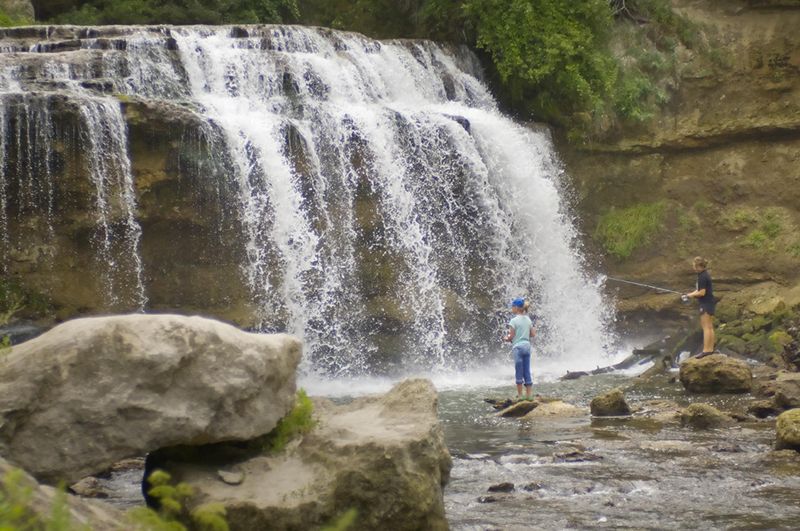
Nebraska’s most powerful waterfall thunders through a private ranch where spring-fed water creates year-round flow. The volume of water surpasses even Smith Falls, making this the state’s most impressive cascade.
Two roped viewing areas allow public access during posted hours for a small fee. No river access, fishing, or other amenities exist, keeping the focus purely on the natural spectacle.
The falls remain relatively unknown despite their impressive size and beauty. Ranch owners generously share this wonder while maintaining necessary restrictions to protect both visitors and their working operation in the scenic Sandhills region.

